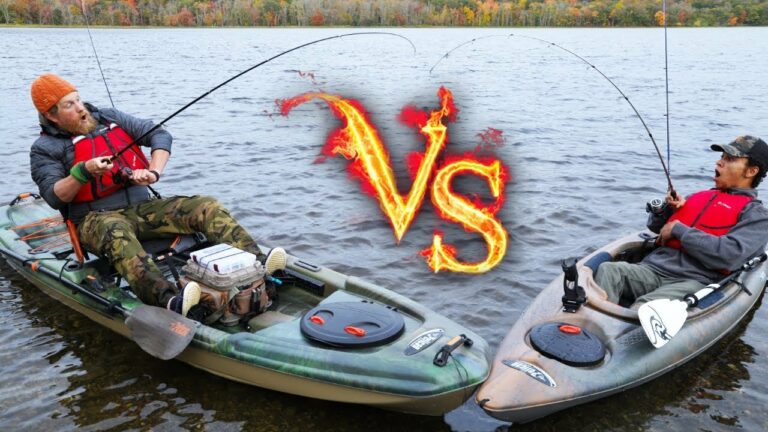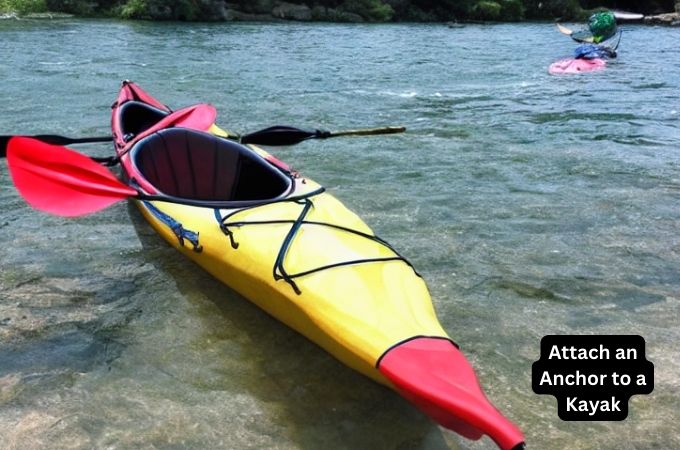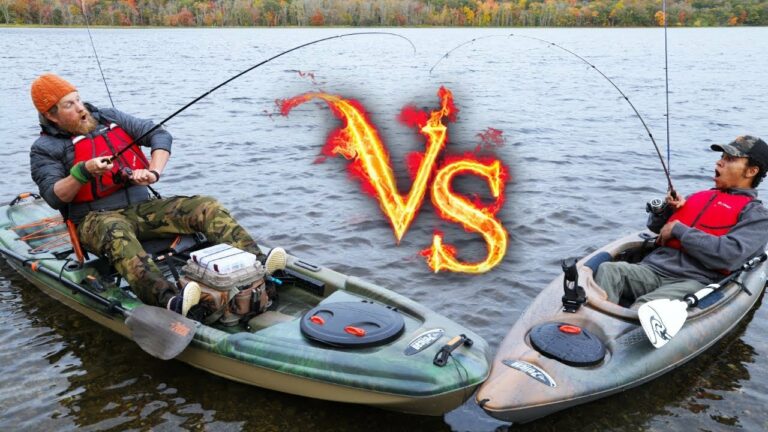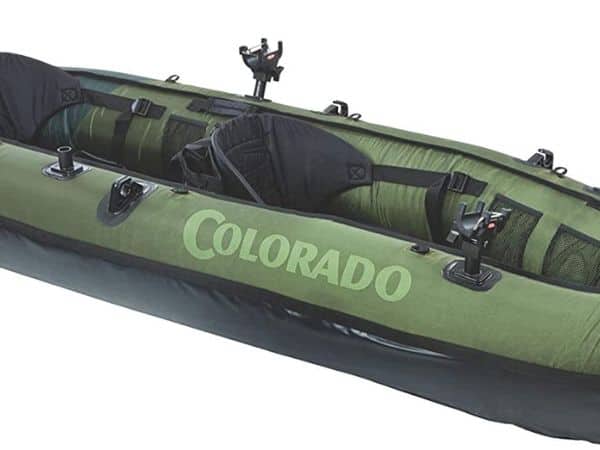Inshore Kayak Fishing | The Ultimate Guides For Beginners
Kayak fishing is getting more and more popular each day, mainly because of its challenging and thrilling fishing experience. Are you a newbie in fishing kayaking and want to explore the vastness of the Pacific and Atlantic on your kayak while catching the tuna or salmons? The best way to kick start your dream is to at first, begin inshore kayak fishing.
We have talked with the kayak and fishing experts, discussed with the beginners to articulate their practical problems during inshore kayak angling and finally, made our decision. Hence, we came up with a compiled guideline on the kayak fishing suitable for the beginners and intermediate anglers alike.
Why Is Kayak Fishing More Preferable?
Before we dig deep into the tricks and tips on kayak fishing, it’s worth an investment to know the reality of fishing on a kayak. In general, fishing on a gas run boat is always preferable. However, these boats are often expensive and so, not suitable for most persons on a tight budget.
For them, a kayak is an excellent alternative. Besides, kayak fishing also allows you to go solo amongst the serenity of nature and relive yourself. Not to stop here, kayak fishing requires fewer tools such as a fishing rod or pole, a kayak, some baits, and reel. That’s it.
Last but not least, kayak transportation is incredibly smooth and comfortable. So, all these reasons meet together to make fishing on a kayak a super fun and enjoyment.
Kayak Fishing Guidelines: Tips and Tricks
Although kayak fishing is incredibly exciting and fun, it isn’t a smooth learning process. You will require a good practice and learning sessions to master the skills to catch the biggest inshore fishes from your favorite kayak.
Pre-Kayaking Tips
While you start preparing for fishing with the kayak, the following things are a must for beginners–
- You should check the local angling reports thoroughly. It will help you to know where to place baits or lures since inshore areas are usually vast.
- Always have an eye on the weather forecast. Look at the weather chart to figure out the possibilities of rain, thunderstorms, wind strength, and water direction. Especially, wind and water state will determine the way you should plan your fishing trip in inshore areas.
- Bring the protective gear as well as fish handling gear. It includes gloves, pliers, line cutters, and stringers.
- Lastly, never forget to take an anchor with you. In most cases, it is overlooked. A folding anchor weighs anywhere between 1-4lbs. It will be a great help to your fishing on a kayak.
Learn How to Cast One-Handed
This is the most significant adjustment you will need to cope up as a beginner fisherman. Even the most powerful and width kayaks lack space between the seating space and inshore water. Hence, using both hands for casting your fishing rod is a risky option. So, the faster you learn one-handed casting, the better it is for you.
Learn How to Paddle One-Handed
Likewise, the one-handed casting, it is essential to know one-handed paddling for an extraordinary fishing session on the inshore waterline. Since you have to fight to catch big fishes, paddling with one hand will be useful. You may do it by the following steps-
- Practice locking the paddling shaft with your forehand.
- This anchors the kayak against your arm.
- Now, use the forearm to paddle your kayak like a regular canoe.
Learn to Cast While Steering
Crank baits, spinner baits, and chatter baits offer some sorts of resistance at the time of reeling. You can use the resistance to steer your kayak in the same direction as your casting. It is because the resistance forces the bait feeling to steer your kayak. Learn to take advantage of it to position your kayak in the perfect alignment of the casting. It will lessen your workload.
Know The Importance of Eddy
A strong current is often a night for the beginners in kayak fishing. But experts tell that this is far from reality. As long as you know how to use the current to your advantage, it’s fun fishing on the inshore.
Inshore fishing kayaks are mostly lightweight and small. So, they can easily stand over an eddy and prevents downstream navigation. And as you know, a vortex is the most resourceful place to find big fishes. Why not take advantage of this favored condition?
Tie your kayak against the eddy and keep fishing the giants without any paddling. That’s something you will like without a doubt.
Love The Shore: Hug It Tightly
It takes a wholesome effort to navigate against the current or strong wind. It will quickly eat up all your glucose, leaving you weak and vulnerable. So, when faced with such troubles, go close to the shore instead of fishing around the middle of the water body.
Naturally, shore areas are mostly shallow and full of vegetation and nearby structures. These weaken the current and wind alike. So, you will enjoy a favored condition for kayaking with less effort to put on.
Positioning The Fishing Rods
Most newbies find it hard to position their rods properly against a strong wind. To avoid such issues, try pointing the rod tip sideways instead of straightforward. Also, be aware of placing your lures and baits just above the waterline to prevent the wind power.
Another trick is to positioning baits and lures in between the powerful gusts to minimize its effect on fishing.
A Special Tip for Documentary Lovers
Do you want to film your kayak fishing and release them into your YouTube channel and social media? It’s a worthy thing. If you are keen to document your fishing session, take a mounted action camera with you.
I prefer the GoPro Hero 5 Black for its amazing 4k records, video stabilization, and an indestructible frame. Why don’t you give it a try? I promise that you won’t regret it.
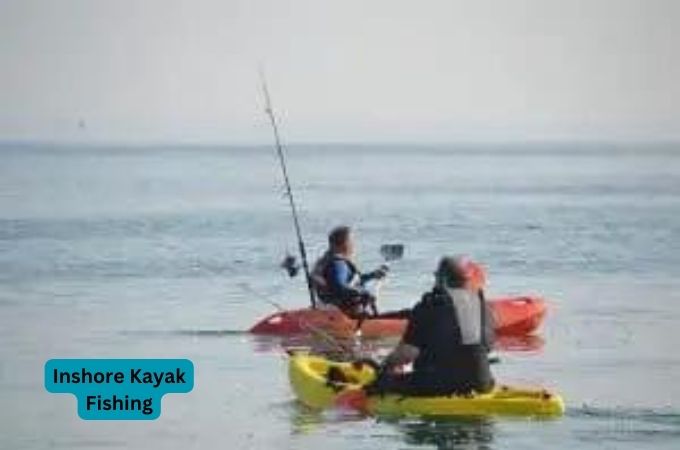
Conclusion:
Inshore Kayak fishing is fun as long as you know the tricks and tips to utilize the obstacles for your advantage. The guideline mentioned above should, therefore, come handy for a comfortable kayak fishing experience.
Before wrapping up, I would suggest you remain calm and patient while angling and everything will fall in the place. Just wait and see.
